How to be successful with zooms design
Learn how to get the most out of the service every month Whether you are a one-man show, a startup, an agency, or a big-time company
Sochetra Noun
Last Update 3 jaar geleden
We got you covered!
Zooms Design promotes a people-to-people attitude. Our collaboration includes everything that needs to be done between submitting your project briefs and taking ownership of your deliverables. You can think of yourself and your assigned zooms designers, where the most efficient approach is always communication. Our team cannot yet read minds, so the more into detail you can go regarding what you need and how it fits into your business, the faster you will obtain a perfect match end result.
In our experience, the most successful collaborations are the ones where our designers and clients are equally involved in the creative process. Here’s our advice on how to get the most out of the service every month: This is a common misunderstanding.
Manage your requests the queue
Your queue is your pipeline of requests. Your designer will work on it from top to bottom. It is therefore very important that requests are sorted by priority order.
Our workflow is similar to a ping pong game. You serve the projects by submitting the briefs to your queue. Once we’re done working on a certain project, you’ll receive the update, we will mark it as Pending request and you’ll have the next move. You can either reply and give us new instructions/revisions or approve the project and we’ll mark it as Completed.
Our process ensures that we keep moving forward working on your Queue efficiently, by keeping only requests that are actionable on our side.
Submit efficient requests the Brief
The design brief is your roadmap to describe the view, objectives, and strategy of a specific creative project, maximizing the chance of an end result that you will love.
Start by describing your business and industry and provide as much information as you can regarding the purpose of the project. Always provide assets, inspiration, and reference materials.
Test, Switch, Start from scratch
We advise new clients to go through a “testing” phase to get to know the team better. This means sending in a number of different requests to figure out your assigned designers skills, strengths, and style.
Don’t expect perfection on the first draft. There’s a reason it’s called “a first draft” ; it's the starting point. The first step on the path to a finished piece.
This is where your feedback and revisions are crucial.
Be specific
Avoid generalized feedback. Unfortunately, there is nothing very constructive about ‘making’ it pop. What exactly does that mean? And what precisely is a wow factor?
Make sure you frame your feedback and describe precisely what it applies to (is it color layout, content, design, usability, etc.)
Speak your mind, but stay concise. Use terms that are specific, not ambiguous. Keep everything connected back to your context.
Build a relationship with your dedicated designer
Having a good relationship with your designer improves the workflow, creating an atmosphere of trust and collaboration, this means both sides must be responsive, communicative, and respectful, playing their part in everyday workflow.
